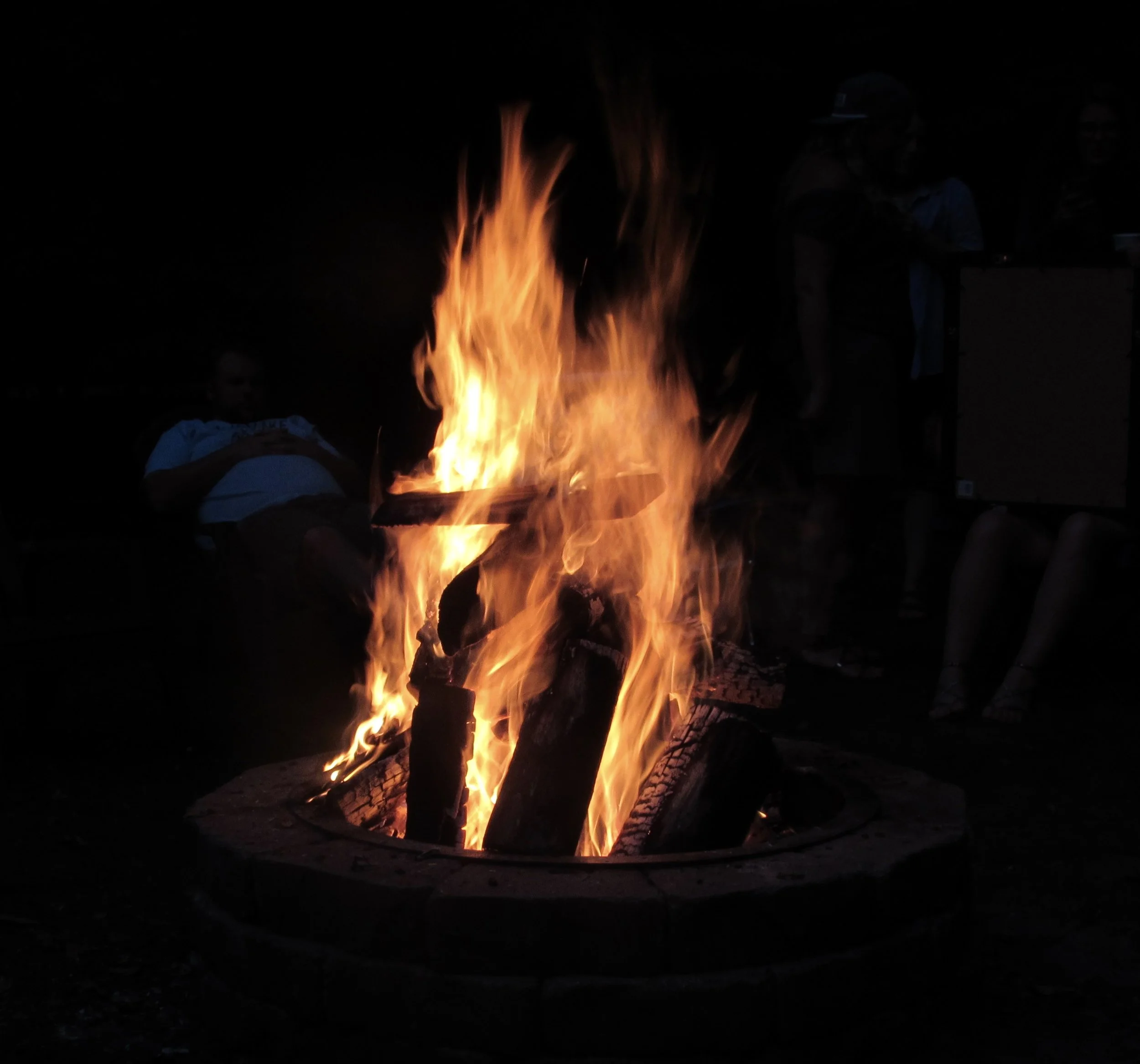School Communications & Emergency Response: What are the Implications for Social Media?
Introduction
I’ve been reading documents from a page of links relevant to emergency planning for schools that is maintained by theTexas A&M University’s Integrative Center for Homeland Security. According to the Center’s blog, the list was started in response to the Virginia Tech shooting.
I’m looking for information on the implications of using social media and social networking systems as part of the “mix” of communication tools that are relevant in an emergency.
Specifically, what can we infer from these reports concerning the incorporation of social media and social networking systems — such as Twitter, Facebook, and personal websites and blogs — into school-based emergency response communications?
In this document I first review some communications relevant recommendations, then I discuss some of the implications for incorporating social media and social networking into school-based emergency response planning and management.
Examples of “Communications” Recommendations
Reading the recommendations of the various reports and studies that are referenced is quite interesting.
Here, for example, are extracts from the Recommendations section of the University of Central Florida’s Final Report on Study and Demonstration of Emergency Communication Systems for Florida University and Community College Campuses:
Recommendation 1 (essential): Each university or college needs to consider a mass notification system comprised of at least one outdoor siren or horn or message board, campus FM or local FM radio program, and two weather radio receivers with FM capability in every building. …
Recommendation 2 (essential): A centralized mass call center (mass dialers from reverse 911 or 911 broadcast) could be established to send notification to a single building, or several buildings on one campus, or many buildings on multiple campuses in Florida Public Universities and Colleges system. …
Recommendation 3 (optional): We need to endorse a host-base emergency notification service and encourage students and faculty/staff members to sign up for the service on a voluntary basis. …
Recommendation 4: Each campus shall enhance other means of notification such as bulk email, phone hotline, website, campus TV, campus WLAN, etc. Education and promotion is essential to improve the effectiveness of all notification systems. These efforts will enhance our capability to perform mass notification in emergency events. …
Note: With no one system being a 100% solution for all campuses, each university and community college needs to do its own “hazard analysis” to determine what technologies it should pursue. And each should pursue more than one, so communications will be more reliable. It also might be worth saying that all colleges and universities should investigate the strength and reliability of their electric power transmission system and their phone switching and transmission system. It should not be assumed that phone and power will always fail in emergencies. Many campuses can maintain their utilities if they are hardened and have redundancy built in.
Here is part of Texas A&M’s Emergency Notifications and Closure Communications Plan:
Primary communication options include the following:Television – Vice President for Communication and Chief Marketing Officers staff will alert local media and KTRH in Houston. …Radio - Vice President for Communication and Chief Marketing Officers staff will alert local media and KTRH in Houston by 6:00 am. …Website - Vice President for Communication and Chief Marketing Officers staff will post an announcement to the University website. …Neo-Email – Vice President for Communication and Chief Marketing Officers staff will send alert via Neo-Email and via Aggie Hotline. …Public Address Systems – Propose the MSC, Rec Center, Dining Halls, Library (West and Main), and residence halls with addressable fire alarm systems.Closed Circuit TV/Computer Systems – Propose the MSC (existing), Rec Center (future),Dining Halls (future), and Open Access Computer Labs (existing). Could tie into existing systems or could go with an all university approach shared system.Word of Mouth - Propose the MSC Hotel Desk, Corps Guard Room and Commons Desk. All have 24 hour desks already and can post whiteboard messages.Telephone – Propose using the Dialogics system in certain cases where rapid information transmission and updates may be needed and/or when cell phone systems are jammed.
These are from Seattle Pacific University’s Emergency & Crisis Management Plan:
… prior plans assumed that cellular telephones would be the main back-up in the event of disruption to our traditional hardwired telecommunications systems. We have now learned this is not always a reliable back-up, so other communication plans need to be identified. …
… since students come from all over the world, the plan needs to identify how communication will be delivered to family and friends in the event of a disaster or other emergency, especially if normal channels are disrupted. …
The Communications Team (CT) is responsible for developing and delivering communications to the SPU community (faculty, staff and students), media, parents of students, alumni, donors and other external groups on the status and actions of the University in response to an emergency. …
The following are the “Communications” recommendations from the International Association of Campus Law Enforcement Administrators’ Campus Public Safety Preparedness for Catastrophic Events Summary of Lessons Learned:
During the hurricanes, maintaining situational awareness was one of the greatest problems encountered; communication, both internally to the campus and externally to other agencies and the surrounding area, was an issue for almost every school. The media was not a reliable source of information, and many campuses were acting in an informational vacuum.
Many participants noted that otherwise-operational radio systems were hampered by a lack of power generators that could be used to re-charge the equipment.Satellite phones and UHF/VHF radios (military surplus) were effective in situations where radios and cell phones were unreliable.Internet web sites were a critical means of communication with campus communities after the hurricanes.
Finally, from Report to the President on Issues Raised by the Virginia Tech Tragedy:
State and Local Recommendations … Develop a clear communication plan and tools to communicate rapidly with students and parents to alert them when an emergency occurs. Utilize technology to improve notification, communication, and security systems. …
Some Observations
I have not yet seen in these reports (nor did I expect to see) explicit recommendations regarding the role social media and social networking tools and techniques might play in responding to an emergency. It is becoming increasingly clear, however, that social media and social networking are becoming increasingly visible — and viable — as communication channels during disasters and emergencies. Here are a few examples:
For the use of blogs and message boards following Katrina and the Pacific Tsunami, see Big in Japan’sFor Recovery 2.0: Disaster Blog Lessons Learned.
For the use of blogs by the American Red Cross, listen to an interview with Ike Pigott.
Read Rob Paterson’s review of responses to British flooding, the Minneapolis bridge collapse, and Luis Suarez’ reporting on the Gran Canaria fires.
With respect to the use of social media and social networkingin a disaster situation occurring at a school or university, though, planners do need to address some fundamental questions. Here are two that I see as most important:
Given that social media and social networking will be used in emergency situations occurring at schools, should their use be explicitly included in emergency response planning?
If the answer to the first question is “yes,” how should their use be managed in emergency situations?
Inclusion in Emergency Response Planning
My answer to the first question is a definite “yes.” Social media and social networking should be incorporated into the planning process. One reason is that they will be used. Moreover, they offer additional redundancy to the communication channels that already exist.
It is interesting to read some of the details of the surveys and testing carried out as part of the University of Central Florida’s research. No single communication channel was ever 100% effective, for example:
People who heard sirens did not always know how to interpret the message.
Emails did not always reach the intended target.
Special radios were sometimes too difficult for non-professional users to use.
Automated telephone calls did not always reach the intended person.
Televisions were not always tuned to the appropriate stations.
Power outages impacted use of electrical devices.
Adding more channels adds redundancy, especially when those channels can operate in a viral fashion whereby messages are propagated along multiple paths that can exceed the number of individuals initially targeted.
Management During an Emergency
The question of how best to “manage” social media and social networking is more difficult to answer. Questions about “manageability” continue to plague marketers who wish to incorporate social media into corporate marketing communications programs. Some of these same issues are at the core of determining how best to manage social media and social networking during an emergency.
The fundamental issue is that incorporating social media and social networking into a communication plan presumes that authorities will accept the loss of a certain amount of control over communications, both with respect to the messages being communicated and with respect to the physical channels and media these messages are traversing. At issue is whether the costs generated by this “loss of control” are outweighed by the benefits, and (this is the “management” question) what can be done to manage this ratio.
In order to address this question it is necessary to understand how social media and social networking differ from “traditional media.”
Social media and networking systems are, well, social. They employ technology and networks to enable groups of people to share information and experiences with friends and acquaintances at speeds and volumes that are simply impossible using other means. And they have the potential to enable each participant to become involved not just in passing messages along but also in the creation of messages and content that can be communicated along channels that can mimic permanent as well as temporary social, family, and professional relationships.
This is a complex situation where the concept of “control” from a traditional top-down, hierarchical perspective is probablyinappropriate. “Managing” how such channels are employed becomes instead an exercise in conversation and cooperation. By that I mean that authorities in an emergency situation will need to be prepared to monitor and participate in all communication channels, not just those they control.
Why “monitor and participate”? There are several reasons:
Authorities may need to employ these channels to communicate necessary facts and information.
Authorities will learn things from those closest to the situation.
Authorities will learn of potential inaccuracies that need to be addressed (e.g., rumor control)
Affected populations need to be aware that authorities are paying attention to them and are being responsive to their concerns.
Conclusions
In this paper I have recommended that social media and social networking should be incorporated into how schools plan for their response to disasters and emergency situations. As the reports I cite here demonstrate, this is part of a much larger and more complex situation. It is also a changing situation given that technologies and usage patterns continue to evolve.
Fundamentally, to me this question is really a no-brainer. Young people use these systems day in and day out. They blog, they use social networks, they constantly are text-messaging, and they know how to exchange information and share files. Such systems are second nature to them.
To fail to take the existence and potential value of such systems into account in planning for what to do in case their lives are threatened would be irresponsible. But we do need more thinking, research, and experimentation before we know what makes the most sense.
***
Copyright 2007 by Dennis D. McDonald


